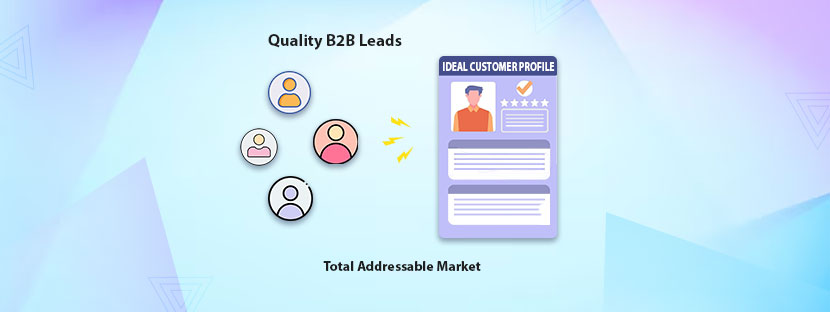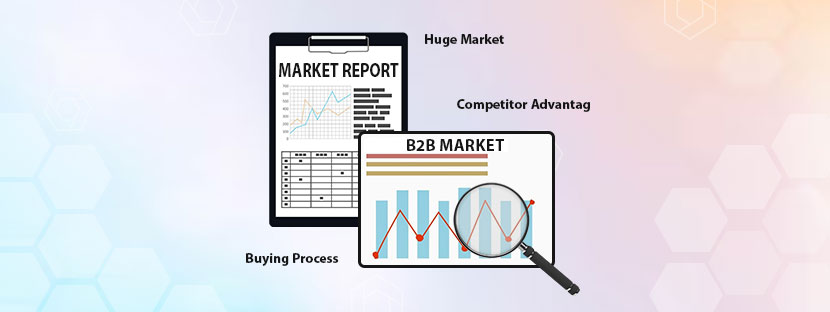Have you mastered the art of generating B2B leads? That’s a great start—but it’s only the beginning. The real challenge lies in converting those leads into loyal, paying customers.
Do you know that 40–70% of qualified leads aren’t yet ready to buy? That means most of your leads still need to be nurtured with the right messaging, timing, and strategy. Without proper follow-up, even the best leads can slip through the cracks.
To move these leads toward conversion, you need more than just a basic email sequence. Effective lead nurturing combines personalized email marketing, strategic retargeting, and well-crafted cold outreach.
This guide breaks down exactly how to build high-performing B2B lead nurturing campaigns. You’ll learn proven methods to guide prospects through the funnel until they’re ready to close.
Let’s get started.
Core Elements of Lead Nurturing
1. Planning
A solid plan is everything when it comes to business lead conversions. Let’s start with a lead-nurturing campaign and a solid plan. This must include the following elements;
Objectives: A specific goal should be set from your end. Most probably, you need to fix the number of leads that you want to convert.
Targets: Find out the specific persona of the targeted individuals that you want to reach out to. Creating a buyer persona would help out over here.
Setting KPIs: Measure each step of your lead-nurturing process with different sets of KPIs, including the open rates, CTR, conversion rate, etc.
Timeframe: Set a clean timeline for each phase of your lead campaigning.
Budget allocation: There is nothing better than executing a plan according to the set budget. Thus, allocate your budget accordingly to gain confidence.
2. Choosing the Right Channel
At present, many new dimensions of marketing have emerged, and new fields are being explored simultaneously. To target and nurture your B2B leads, you have to choose the right platform and frame the right strategies accordingly. Here are the best of b2B lead-nurturing channels you need to try.
Email marketing
If you have your targeted email lists, then you have the best opportunity to connect with your leads directly. Don’t send them salesy content just to promote your things. Instead, try to send your prospects relevant content that keeps them hooked on your emails.
Podcasts
This is one of the areas where you can take advantage of popular people for your business. Invite industry influencers and shoot podcasts with them. Discuss industry hot topics and keep your leads engaged with your content.
Social media
Use social media to engage with a larger audience and showcase how your services can solve their business problems. You have to be trendy with your content in order to draw the attention of your leads on social media.
Webinars and conferences
Strategize online seminars in order to promote your business. Host webinars frequently and allow people to participate in them. It can create more opportunities to stay engaged with your audience.
Steps of B2B Lead Nurturing
There’s a particular way to nurture business leads, especially in the B2B category. For B2B leads, it’s a collaborative buying process. Business decision makers consult with top executives before making a purchase decision. Therefore, you have to take every step cautiously to nurture leads. Here are the steps you can follow to nurture your business leads and convert them into paying customers.

Step 1: Organize Leads
Every lead is different and comes with different motives and problems. Segregating them into different categories, like action qualified leads, marketing qualified leads, non-qualified leads, and other categories.
Note
📌 Action qualified leads are those who have taken some action on your website (maybe registered their emails, booked for a demo, etc. These leads are genuinely looking for your offering. You can convince them with a little bit of nurturing.
📌 Marketing qualified leads are those who need more knowledge about your offering. They are interested in your offers but want you to provide them with more information. You need to nurture them with quality marketing efforts.
📌Nonqualified leads are those who have not shown any interest in your offerings so far. These leads you can avoid, or you can prioritize a little less. This will save you time doing the marketing.
Step 2: Score Leads
Provide scores to every lead based on their convertibility. You would probably like to score more for a lead that is very much interested in your service offering compared to any other. However, you need to categorize things based on the convertibility. Someone who booked your demo cannot be similar to someone who has just viewed your service offering. While the prior one is more likely to purchase your product and the latter one is just checking you out.
Based on the sales layer or funnel, set your lead scores and then perform your marketing activities accordingly. This will also save you money on B2B sales nurturing campaigns. Be very flexible with lead scoring activities. Scale up or down whenever needed, depending on your sales funnel.
Step 3: Align Content Formats
To engage with your audience more elaborately, all you need is better market research and supporting data. At present, customers are reacting negatively when they interact with direct promotional content. Therefore, you need to strike a balance between the promotional and the usefulness of the content. A very popular technique is there which says 4:1 rule.
In this rule, you need to focus on developing 4 pieces of informative content at first and then pitch 1 salesy content, that too with some subtle sales element.
Step 4: Encourage Leads to Take Action
Keep your leads engaged with your offerings and encourage them to take action. Offer them special discounts and offers to decide on them quickly. One thing you need to remember here is that you don’t have to be pushy when you offer something special to your customer. You just need to make them aware of what they need.
How to Track Your Success
Okay, so you have enough ideas to nurture your B2B leads, but what you need the most is tracking your success. In every stage, you need data to track your success. Most of the companies nowadays hire third-party vendors to track their measures. But interestingly, you can get data processing professionals exactly for this purpose, which costs you much less than any other business measures.











